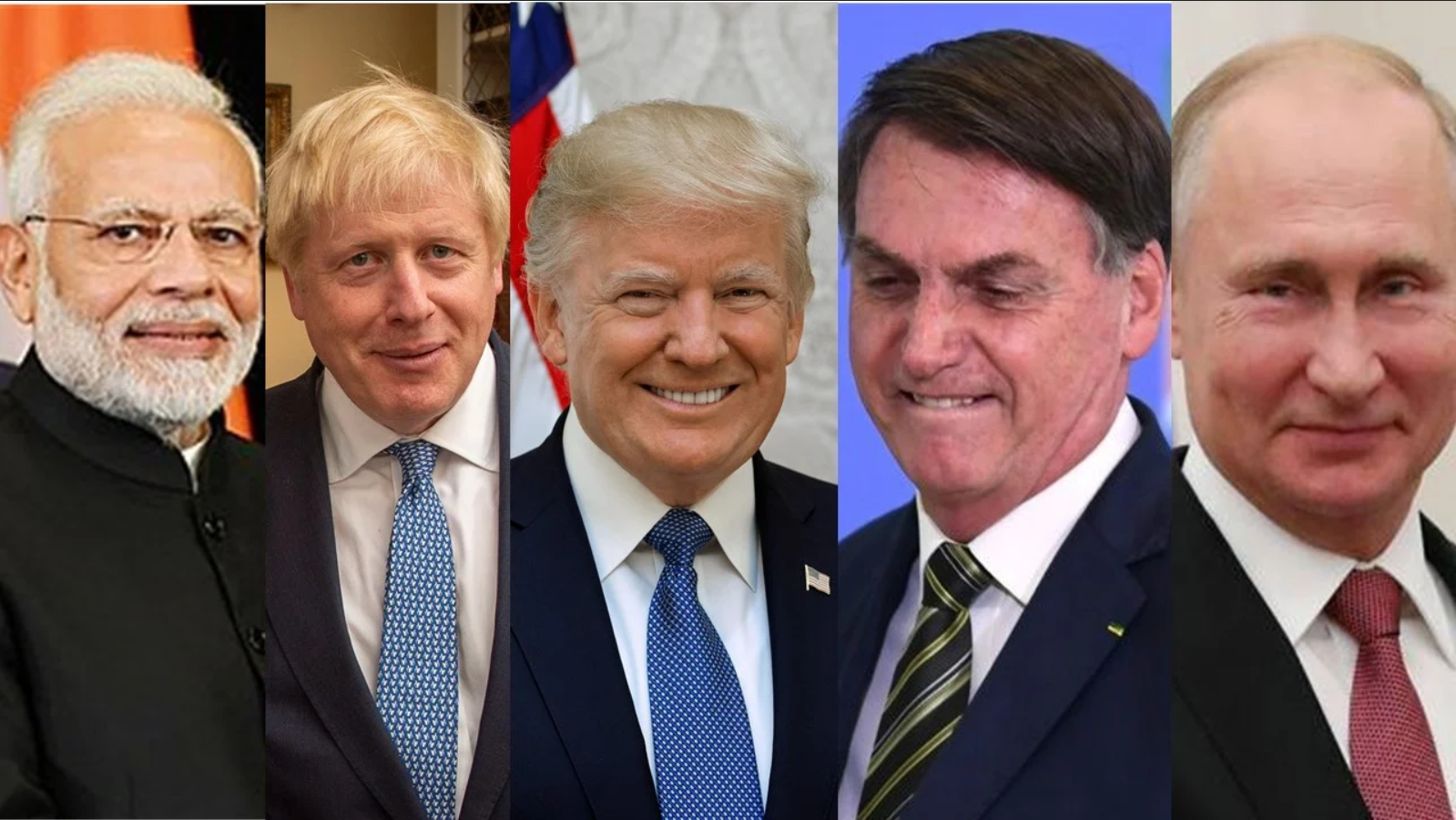A couple of days ago, India joined the top five countries in terms of total confirmed cases of COVID-19. The other members of this club are the US, which leads the pack by a staggering margin, Brazil, Russia and UK. This status is unlikely to change in the coming days. Numbers six to ten include four European countries where the pandemic has already peaked. Unless there is a second wave, these countries are unlikely to see any significant increases. Peru, the only other Latin American country besides Brazil in the top ten, is in a perilous state and the number of cases may well jump up. Other countries, especially from Asia and Africa, may see explosive growth. But for now, this is it.
It is no coincidence that the top five are who they are. All have had problems in grappling with the pandemic swiftly and scientifically. US president Donald Trump refused to believe that the coronavirus would hit the US. He even talked at one point of a miracle happening. Later, he reconciled to the fact that the pandemic had hit the US hard, with cases and deaths mounting in a lethal explosion till it reached today’s stage of over 2 million cases – more than a quarter of the world toll. Prime minister Boris Johnson of the UK too delayed his response, allowed weak restrictions and messaging, toyed – very briefly – with the rather chilling concept of allowing herd immunity to develop naturally, and then doubled down to actually fighting the virus. This delay contributed to the mind-boggling death toll in the UK – over 40,000 with a large number of them elderly. Brazil is led by Jair Bolsonaro, who has refused to wear a mask in public, ridiculed both the pandemic and those who were urging quick action, and continues to go about as if nothing is happening, while mass graveyards are getting filled up outside Sao Paulo. Russian president Vladimir Putin too acted indifferently in the early days. Preparations were tardy and the weakened healthcare system was not prepared. Then the surge came and the cases have spiraled, with distant regions too reeling from the impact.
And in India, we had Prime minister Narendra Modi taking only some measures to stop flights even as 53 days passed after the first case was confirmed at the end of January. It was only on March 24 that a countrywide lockdown was announced. From doing practically nothing, the country’s leadership went to the other extreme. Modi’s speeches make it clear that he believed that the onus of fighting the deadly virus was primarily on the people. He wanted them to exercise restraint and show resolve, and appreciate the frontline workers by banging pots and plates or blowing conch shells. At that time, India had about 400 confirmed cases. Now the tally stands at over 320,000, with several cities like Mumbai, Delhi, Ahmedabad etc. heading for a catastrophe.
All these countries are led by authoritarian figures who believe that they know everything and want things to run as per their whims and fancies. Even scientists and experts are given short shrift. Global experience is not taken on board organically. Some peddle their bizarre eccentricities in full public view – Bolsonaro and Trump. Others bluster their way out by photo ops and figures that are allegedly incomplete or misinterpreted – like Modi and Putin, and even Johnson.
But the root of these leaders’ failures lies in their compulsion to centralize power and disregard dissent, or even differing views. They are hegemonic and intolerant. They fight to retain as much power as they can, only abandoning it when things get tough and somebody else needs to be blamed. Look at how the Modi government has shifted gears to asking State governments to deal with the situation, without helping them a bit financially.
There is no denying that these leaders were also popular. Perhaps that is what gave them the boost to do their own thing. But this political popularity also created – indeed, it fostered – a phalanx of sycophants and ‘Yes Men’. You can perhaps win elections with this set-up, but you can’t fight the pandemic when nobody dares to disagree with the Great Leader himself.
There are signs that this is cracking. Trump’s approval ratings are down, partly because of his handling of the murder of George Floyd in Minneapolis, but also because the deaths due to COVID-19 are too much to bear. Bolsonaro too rode on popularity and demagoguery, but again he is losing ground, after being seen as responsible for the spiraling deaths. There have been demonstrations in Russia against Putin, but the dynamic there is different because challengers are still to emerge and he has consolidated his power relentlessly for two decades. Johnson, of course, is still somewhat popular because he recently achieved the Brexit and won the election. But he faces a tough challenge in explaining the disaster.
Modi, in India, has glossed over the bungling of the pandemic till now, mainly by pointing to the relatively lower deaths in India. But he has made a spectacular error in pushing through very unpopular changes in agriculture, industrial relations, corporate taxation, foreign investment policies and divestment of the public sector – all hot issues in India. The lockdown has destroyed the economy which was already stumbling. Unemployment is zooming at around 24% and fiscal tight-fistedness has ruled out any rebound. From all indications, it appears that India is in for a tough future.
Modi, like his friends in the Big 5 Covid Club, faces an increasingly disaffected people – and they have used up all their wily tactics and shenanigans already.





